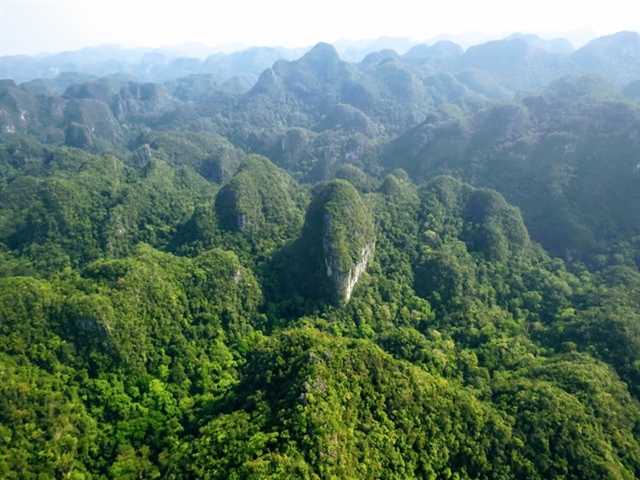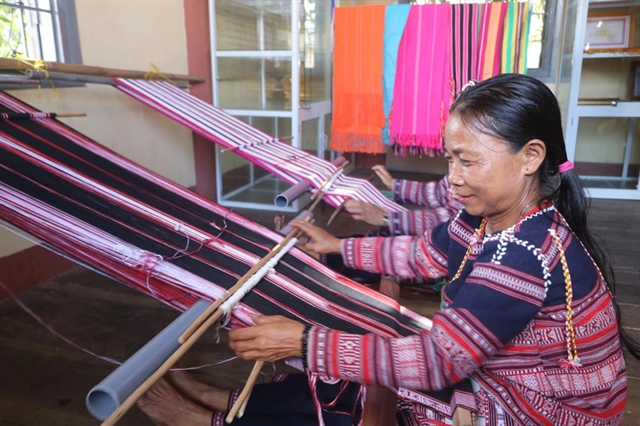 Environment
Environment

 |
| Yên Bái has a strong advantage for developing its forestry economy, with nearly 400,000 hectares of forest, maintaining a forest cover rate of 63 percent. – VNA/VNS Photo |
YÊN BÁI – Yên Bái, the first mountainous northern province to implement a trial of forest plantation codes, has managed to assign unique codes for more than 300ha of forest after two months.
In July, the Ministry of Agriculture and Rural Development issued a decision to assign forest plantation codes in five provinces, including Yên Bái, Bắc Giang, Lạng Sơn, Phú Thọ and Tuyên Quang, over the next two years.
These forest codes are identification tags assigned to specific forest areas to track their origin, characteristics and growth processes, supported by the iTwood system, a real-time tool for managing the timber supply chain.
The forest plantation codes not only improve management but also facilitate product traceability, enhancing the economic value of these forests.
By the end of 2023, Yên Bái's forested land covered over 400,000ha, giving the province a forest cover rate of 63 per cent. Under plans for 2030, 483,684ha are designated for forestry, including 31,226ha for special-use forests, 136,000ha for protected forests and 316,458 hectares for production forests.
Kiều Tư Giang, Director of Yên Bái’s Forest Protection Department, said that the department has collaborated with the Centre for Forest Economics Research to coordinate with local authorities and forest owners to select areas in Yên Bình and Lục Yên districts for this initiative.
However, due to challenging weather, the code implementation programme initially focused on four communes in Yên Bình District, including Đại Đồng, Phú Thịnh, Thịnh Hưng and Tân Hương.
The department also conducted three training sessions on iTwood for officials and instructed forest landowners on how to register and create accounts on the system.
After two months, over 600ha of forest have been registered for coding, with 304ha verified and 321 codes issued in Đại Đồng, Phú Thịnh and Tân Hương communes. These codes cover primary tree species like cinnamon, hybrid acacia and bodhi, which are common throughout the province.
Nguyễn Thái Bình, Deputy Director of the provincial Department of Agriculture and Rural Development, noted that Việt Nam's signing of the Voluntary Partnership Agreement with the EU offers tremendous opportunities for the country’s wood processing enterprises, especially those in northern mountain provinces, to expand and stabilise export markets, access technology, improve product quality and bring increasing economic benefits to both wood processors and tree growers.
In a market with growing demands for product quality and origin transparency, forest plantation coding is a vital requirement to ensure clear information on the origin of timber and the production technology used in its processing. This requirement aligns with global supply chain standards and international integration. – VNS




